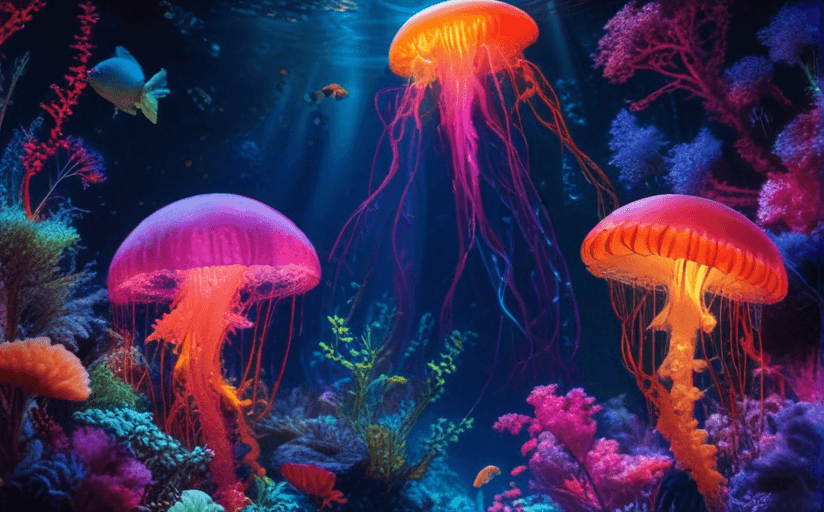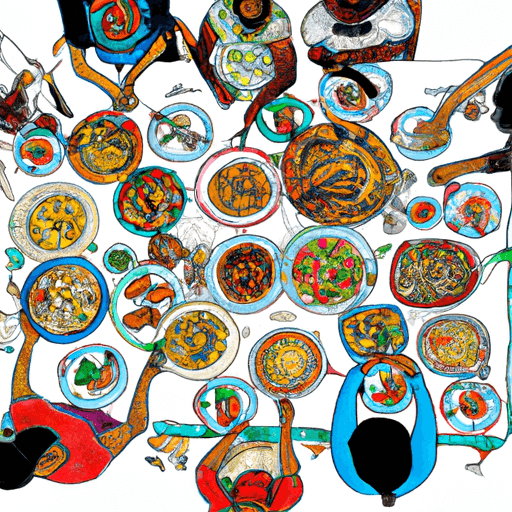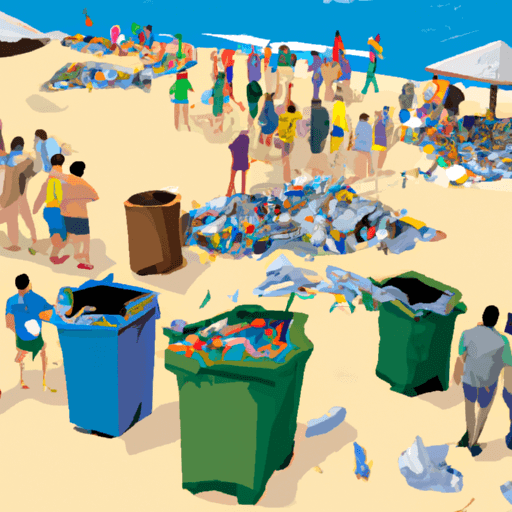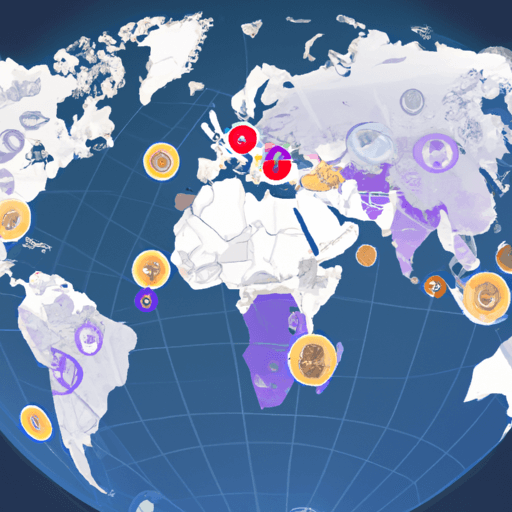The Influence of Biofluorescence in Marine Creatures on Ecosystem Dynamics
Marine ecosystems are not only captivating due to their diverse organisms and complex relationships but also because of a unique phenomenon known as biofluorescence. Biofluorescence shines a new light on our understanding of the ocean's mysteries and contributes significantly to ecosystem dynamics.
Understanding Biofluorescence
Biofluorescence, a natural phenomenon observed in a variety of living organisms, is the process by which absorbed light is re-emitted at a longer wavelength, often resulting in vibrant colours. This differs from bioluminescence, which involves a chemical reaction in the organism that produces light. Instead, biofluorescence requires an external light source to manifest.
The origins of biofluorescence are diverse and largely fascinating, having evolved multiple times independently across species. The ability to fluoresce depends largely on the presence of photoproteins or fluorescent pigments within the organism's tissues.
Functions of Biofluorescence in Marine Creatures
While the primary function of biofluorescence in marine organisms is believed to be communication, it also has a myriad of other uses. These functions include mating and hunting and are integral to the survival and propagation of these species.
Communication through biofluorescence among marine organisms is often used to recognise others of the same species and indicate important behaviors. For instance, many fish species use it to coordinate mating rituals and parade their suitability as mates. Biofluorescence also allows predators to camouflage or confuse prey, aiding them in hunting. These interactions greatly influence population dynamics, predator-prey relationships, and ultimately, ecosystem health and stability.
Biofluorescence and Ecosystem Health
Recent scientific research has highlighted the potential of using changes in marine biofluorescence as a barometer for ecosystem health and stability. Biofluorescent patterns can change due to shifts in diet, age, stress, or disease, reflecting the status of the ecosystem. Thus, biofluorescence can aid scientists in developing conservation strategies by acting as an early warning system for ecosystem imbalance or deterioration.
Examples of Biofluorescent Marine Creatures
Notable examples of biofluorescent marine species include certain species of sharks, eels, and corals. The swell shark and chain catshark, for example, emit a bright green biofluorescent pattern which may assist in species recognition and mate selection. Similarly, certain species of eels utilise biofluorescence as a secret communication method, intelligible only to other eels of the same species.
Coral reefs, often referred to as the 'rainforests of the sea', are also well-known for their biofluorescent displays. These ecosystems play a vital role in the health of the global marine environment, providing shelter and breeding grounds for numerous marine species. In turn, their changes in biofluorescence can signify a decline in overall ecosystem health, alerting conservationists to potential threats.
Therefore, the captivating biofluorescence of marine creatures is not merely a delightful spectacle; it provides invaluable information about the health and dynamics of our marine ecosystems. By continuing to study this phenomenon, we can better understand and protect these critical habitats and the creatures that illuminate them.
















Comments
Leave a Comment